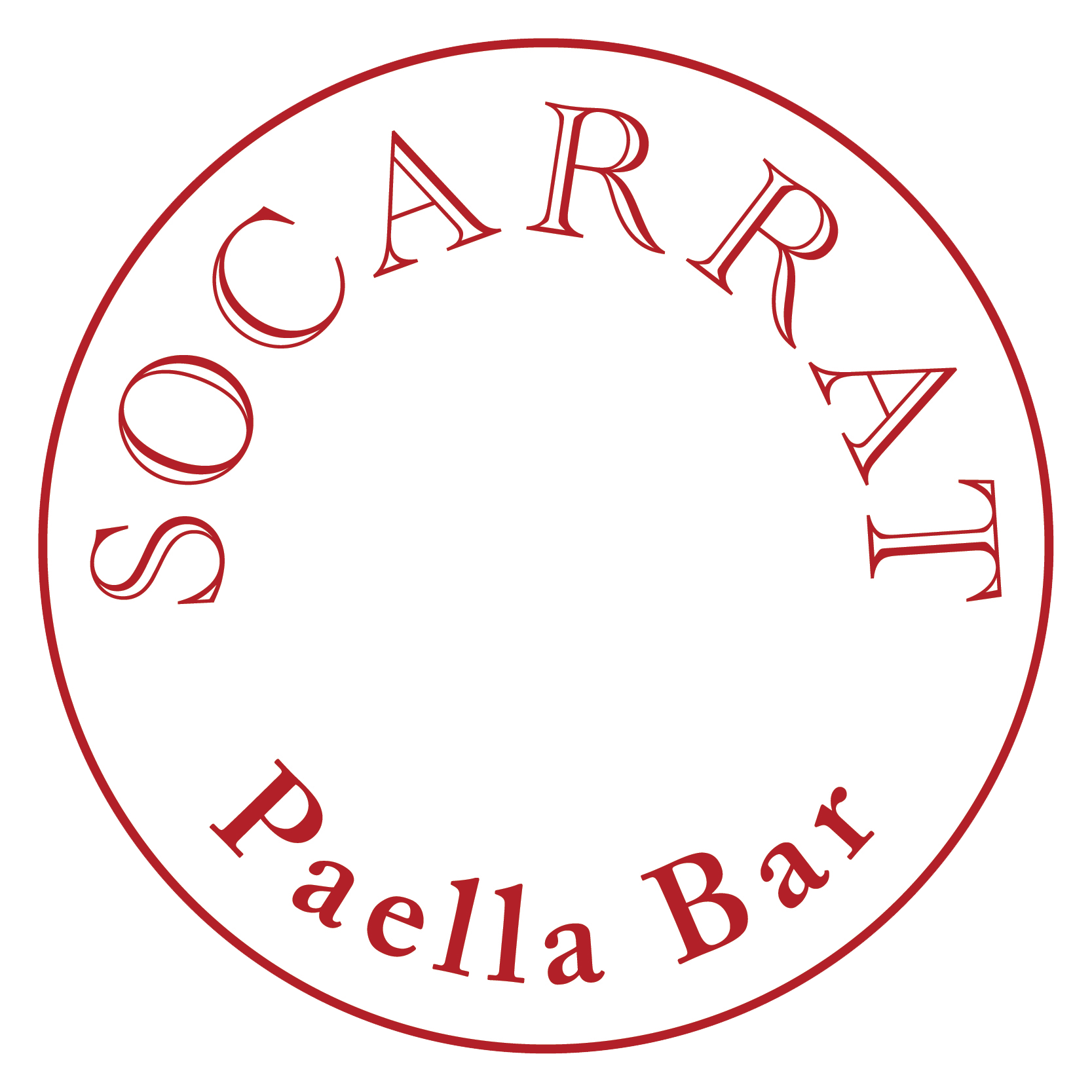If you visit Spain, you’ll find that the wine is cheaper than bottled water (no, seriously – it usually is!) – you can say the Spaniards love their wine. The rest of the world does, too – Spanish wine exports have risen over 11% in the past year. Why? Because like the Spanish culture, their wines are varied and rich – from fresh whites to rich, near-black reds, Spain’s got a wine to pair with virtually anything.
A Brief Spanish Wine Lesson
Though as a country it’s relatively small (about the size of the US state of Texas), Spain’s peninsula shape affords a variety of climates for wine growth due its peninsular shape: the northwest is cooled by ocean breezes and rivers, establishing a warm, humid climate chock-full of tropical soil perfect for white wines (nicknamed Green Spain). The central region is hot and dry with cool winter, yielding the perfect grapes for deep red wines.
Spain is home to 17 provinces that include 78 sub-regions of wine production, and 400 varieties of grapes! Each Spanish wine region has its own set of wine laws and quality standards.
How to Seem like a Spanish Vino Expert
You don’t need to be an oenophile to know what to order off the wine list at your favorite tapas bar – you just have to know a few things:
Grapes are not the same as region. Traditionally, Spanish wine labels focused on the region and age, but nowadays there is a balance of region and grape type, both which help you choose the perfect bottle for the occasion.
“Designation of Origin” (D.O.) is the proper term for region, and the most common are:
- La Mancha
- Cava
- Rias Baixas
- Jerez
- Navarra
- Rioja
- Penedes
- Priorat
- Valencia
- Rueda
- Jerez (Sherry)
Grape varieties and the flavor profiles they contribute to the wines they’re used in:
In the mood for red or white? Dry or sweet? Fruity or tangy? Rich or light? The grapes used will give you a clue as to what the glass will taste like:
Reds:
- Garnache – fruity with a tinge of peppery spice; this is the most commonly used grape in Spanish red wine
- Tempranillo – dark and fruity, compared often to leather and cherries
- Bobal – full bodied and colorful
- Monastrell: rich and rustic
- Merlot – dark and fruity
- Syrah – full bodied; note that Syrah from Spain is very different from the Syrah from Australia (Spanish Syrah is more full-bodied and has a higher alcohol content)
Whites:
- Verdejo – often oak aged; an aromatic and tropical flavor that is the affordable option to Albarino
- Albarino – crisp, with a striking balance of silkiness and acidity
- Godello – aromatic, tangy, and dry
- Xarelo, Parellada, Macabeo – the grapes used to produce Cava – faintly floral with a tinge of bitter
- Airen – actually used more for the base of Brandy, but is used in many white wines as well.
One of the key differences between Spanish wines and others is that they come pre-aged, ready to drink: the bottles are held in the winery cellars for an extended amount of time before they’re sold to the consumer. The wines from youngest to most aged:
Joven: literally translates to “young” – these are wines that have not been aged, and more than likely are not oaked, and are drunk within the same year as their release.
Crianza: translates to “bringing up” – must be aged for a minimum for 2 years, with at least 1 year spent aging in oak.
Reserva: this label legally cannot be used unless the wine has been aged for 3 or more years.
Gran Reserva: aged for 5 years or more, with a minimum of 18 months in oak casks.
What to ask for from the carta de vino (wine list)
Whether pairing with a full meal or your favorite tapas at your local tapas bar, you can be an expert sommelier when you make the following suggestions:
If you want to go a cut above: ask for DOCa – this is a step above DO, as it has a stricter criterion to meet. Only 2 wine regions meet DOCa standard: Roja and Priorat.
If you want to give the underdog a shot: try a VdlT, or a Vino de la Tierra – these are wines from regions that don’t qualify as DO’s yet.
If you want to celebrate with champagne: Cava is Spain’s version of prosecco or champagne, with a wide variety of options for dryness and sweetness:
Brut Nature: the driest, with the least amount of sugar added
Brut Extra & Brut: mildly sweet, with 6-12 grams of sugar per liter
Seco & Semiseco: less than 50 grams of sugar per liter
Dulce: super sweet, this comes in at over 50 grams of sugar.
Pairing Perfections:
When skimming the tapas menu, making the right wine choice can completely change the flavor of the food.
Tapas: light and peppery, such as octopus, bread, and tomato-based dishes, spiced with paprika and pimientos
Wine: Sherry, pink Cava, light reds (Rosado)
Tapas: fried foods such as croquetas, tortilla, and fried fish
Wine: light sherry, dry citrus white wine such an Albarino or Rueda
Tapas: oyster tartare, mussels
Wine: light and mildly sweet whites such as Cava
Dish: roast pork, dark meats
Wine: deep reds such as Rioja or Syrah
Dish: heavy stews, red meat, truffle, duck
Wine: full bodied reds such as Garnache and Tempranillo
Dish: poultry, fish, and nearly everything
Wine: light reds such as Galicia or Mencia


